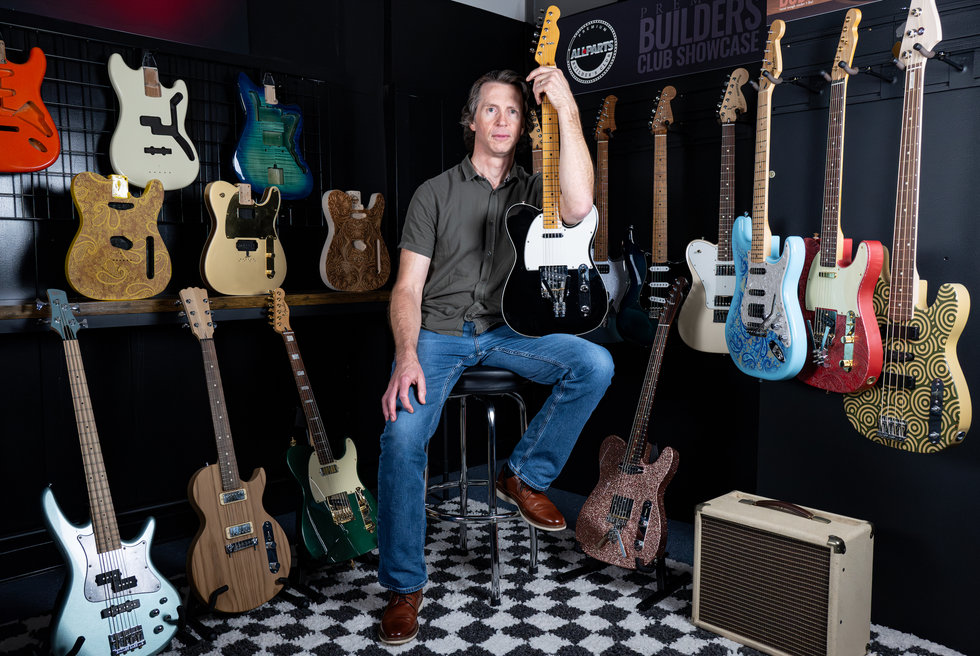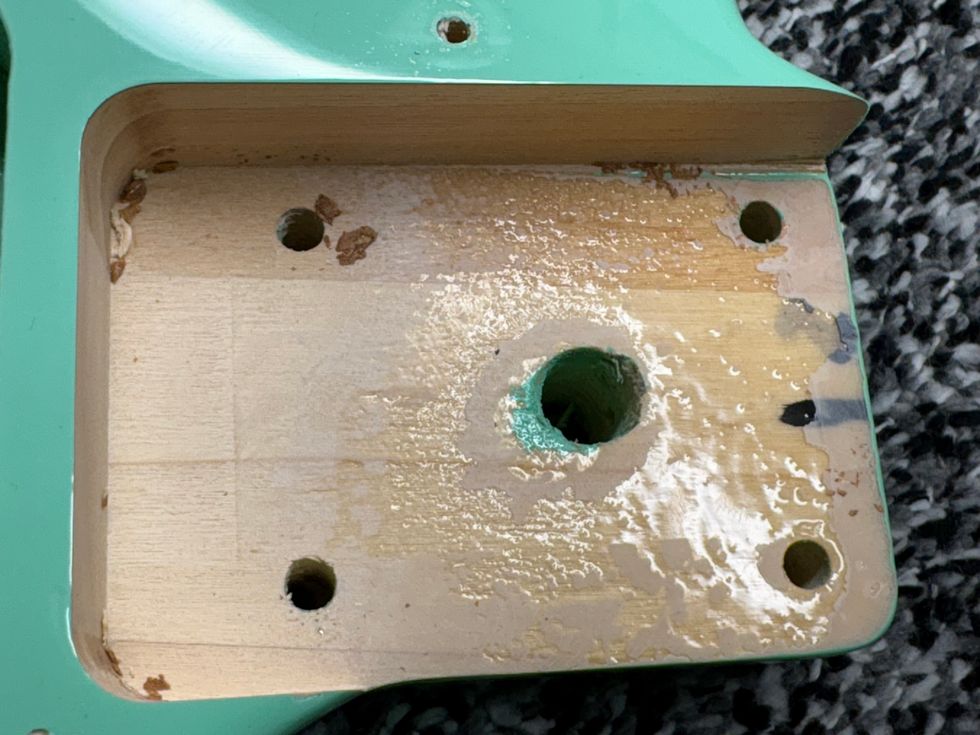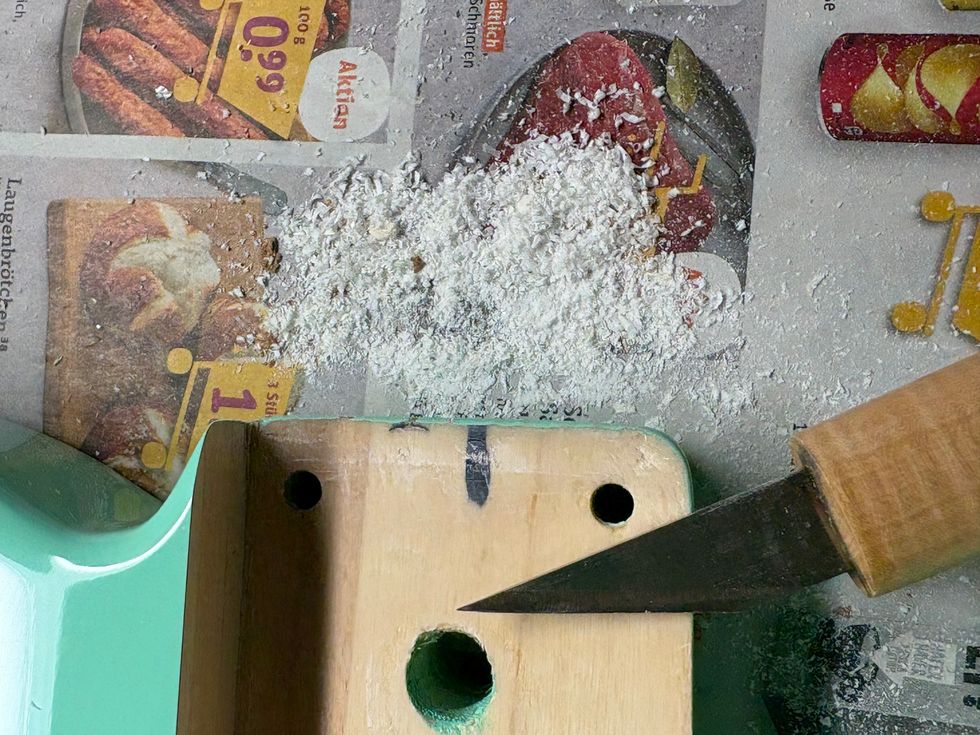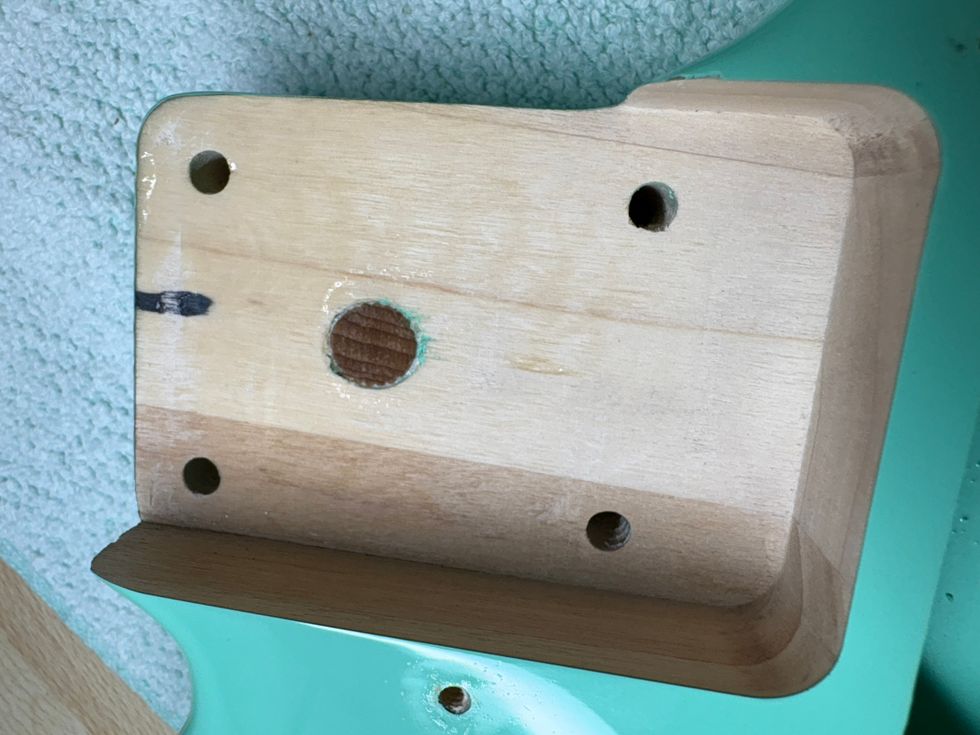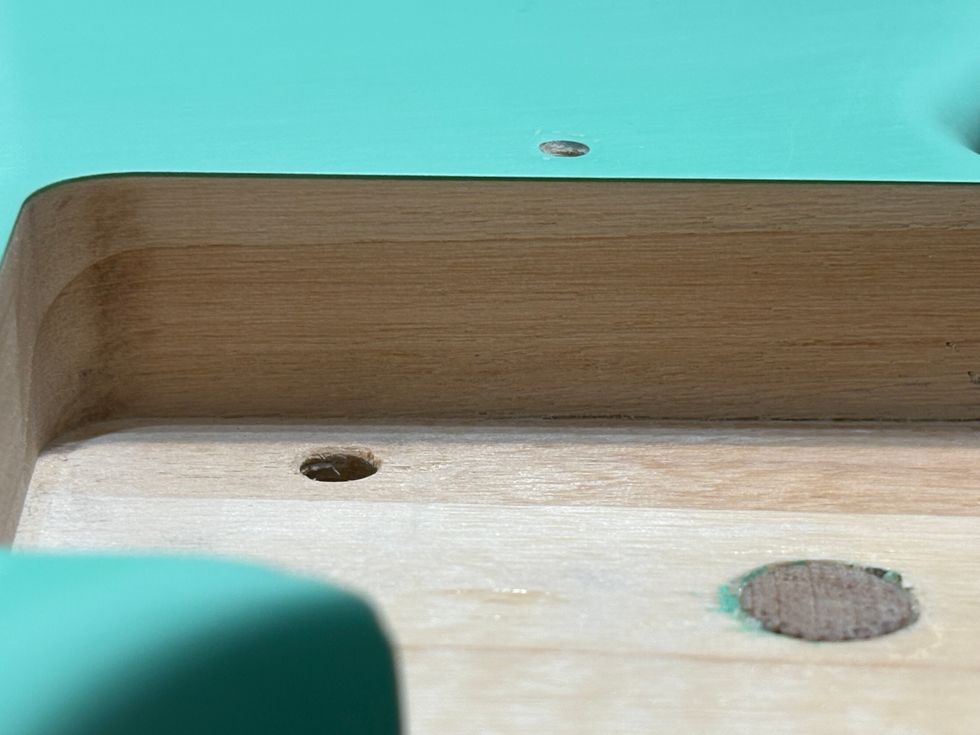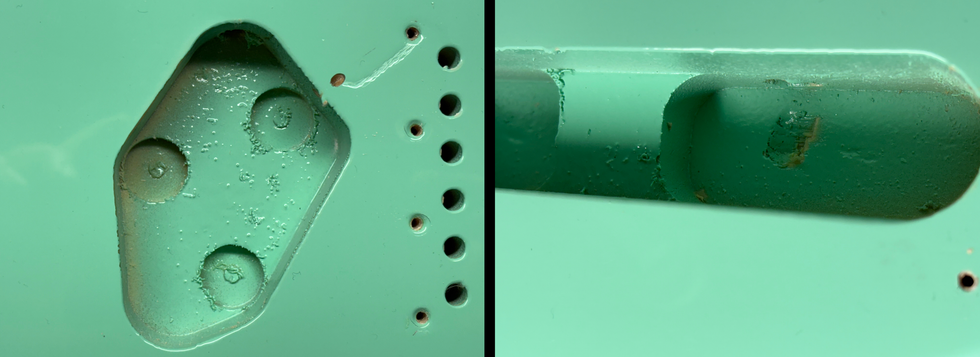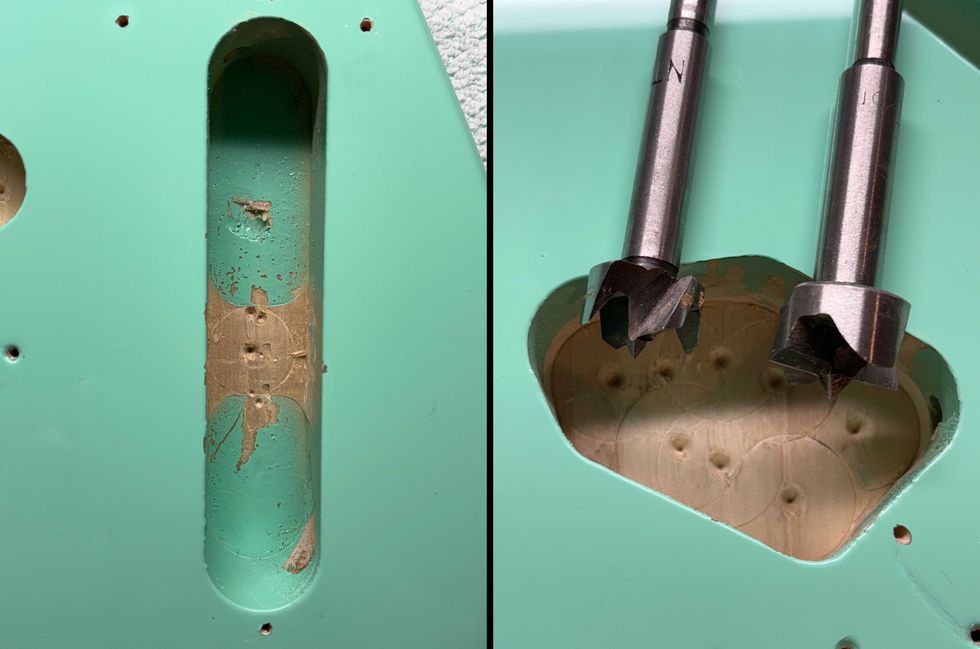I started playing the guitar when I was about eight or nine years old. My brothers and I used to bowl in a kids’ league every Saturday, then we’d rush home to watch The Monkees on the local station that afternoon. I always looked forward to the song segment of the show so that I could hear the music and watch them play. I’d also hear their stuff on the radio along with the Beatles, and had many debates with neighborhood kids over which band was better. Sometimes we’d even ponder if the Archies weren’t in fact the best band!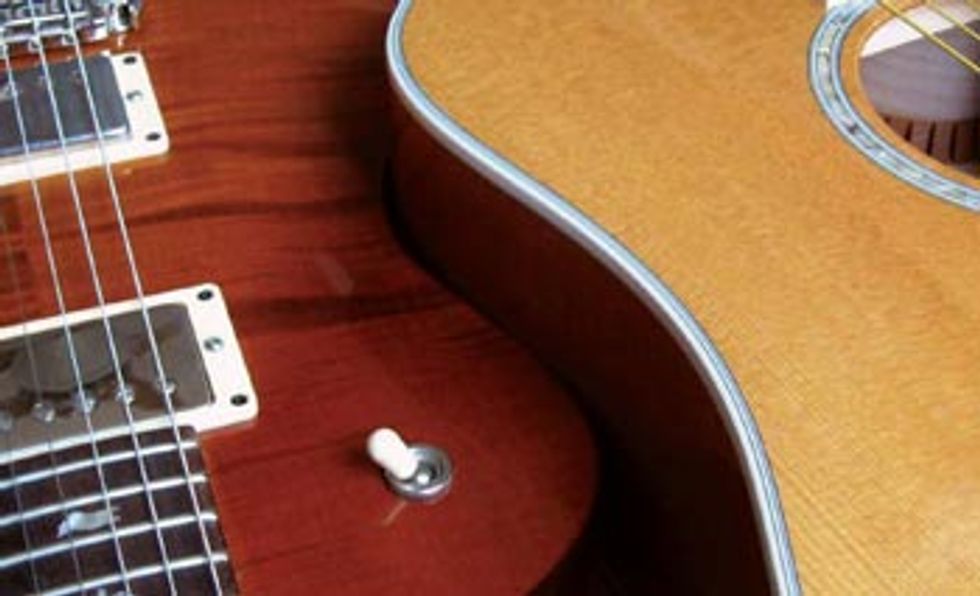
At that young age, I never made a distinction between acoustic and electric playing. The electrics were louder and cooler looking, but a guitar was a guitar, so I started playing my little knock-off acoustic and loved it. My elementary school offered free lessons to fifth and sixth graders who wanted to stay after school to learn, so naturally I started lugging my no-name axe to school once a week to learn a handful of chords and fingerpicking patterns right out of the Peter, Paul & Mary and Bob Dylan songbooks. It really gave me a solid base on acoustic before I moved on to the neverending challenge of electric guitar. Once I got my tiny hands on an electric, I focused on banging out barre chords and pentatonic scale-based riffs, but never lost sight of how much I enjoyed playing my old acoustic, too.
When I was 15, I bought a Guild D-55 acoustic and just fell in love with how big and powerful an acoustic guitar could sound. I’m sure one of the first things I played on it was the opening progression to Led Zeppelins’ classic “Stairway To Heaven.” It was the first time that something I played sounded exactly like the original recording, and my love affair with the acoustic was rekindled. As I listened to more and more true acoustic players, I started to find that they were doing things on the guitar that were so much more complicated and challenging to learn to play than the electric stuff was. I was baffled. Everyone knows that Jimi Hendrix was a better player than James Taylor, so how could that stuff be harder? When I was in high school, some of the struggle of learning these acoustic pieces was lifted when I discovered that many of these songs were being played using an “open tuning,” like dropped C (C-GC- F-A-D) or open G (D-G-D-G-B-D). All of a sudden, those songs with impossible reaches became quite easily playable using the open strings in their altered tuning.
One of my favorite acoustic players is a Nashville session “A-lister” named Billy Joe Walker, Jr. His album Treehouse was an inspiration to me as a writer of acoustic guitar music. Around that same time I discovered the group Acoustic Alchemy. Their album Red Dust & Spanish Lace contained wonderful compositions for acoustic guitar, like “Mr. Chow” and “The Rideout.” They led me to realize that acoustic guitar is not just relegated to the hands of the “chick singer” in a Country/Western duo, or the second banana type who couldn’t quite master the electric. It was in fact a full-blown animal of its own, and an important part of any band.
Around 1999, I began what has been a very rewarding relationship with the people at Taylor guitars. With so many instruments in their line to choose from, I find that they have an acoustic for any occasion. The first guitar I picked up from them was a Taylor 514ce. This Grand Auditorium model was designed with a smaller body size to be best used for fingerstyle guitar. I immediately recognized that it was appropriate for any style of playing, picking or strumming. I also have a Taylor 610ce, which Taylor boasts can be used for any number of applications—and they were right. I primarily use it when I need to be the “tuned maraca” and lock in with the drummer as a strong driving force in the rhythm section. It also shines when I need to be out front, carrying the melody.
Don’t get me wrong. There’s nothing better than standing down front with your toes hanging over the front of the stage, cranking out some max-overdriven Nugent-esque riff at 126dB to a crowd of screaming fans. But sometimes it’s nice to be able to deliver a pure heartfelt melody on acoustic, too.
Keep Jammin’.
Rich Eckhardt
Rich Eckhardt is one of the most sought after guitarists in Nashville. His ability to cover multiple styles has put him on stage with singers ranging from Steven Tyler of Aerosmith to Shania Twain. Rich is currently playing lead guitar with Toby Keith. His album Soundcheck is available now, with another due this summer.
richeckhardt.com
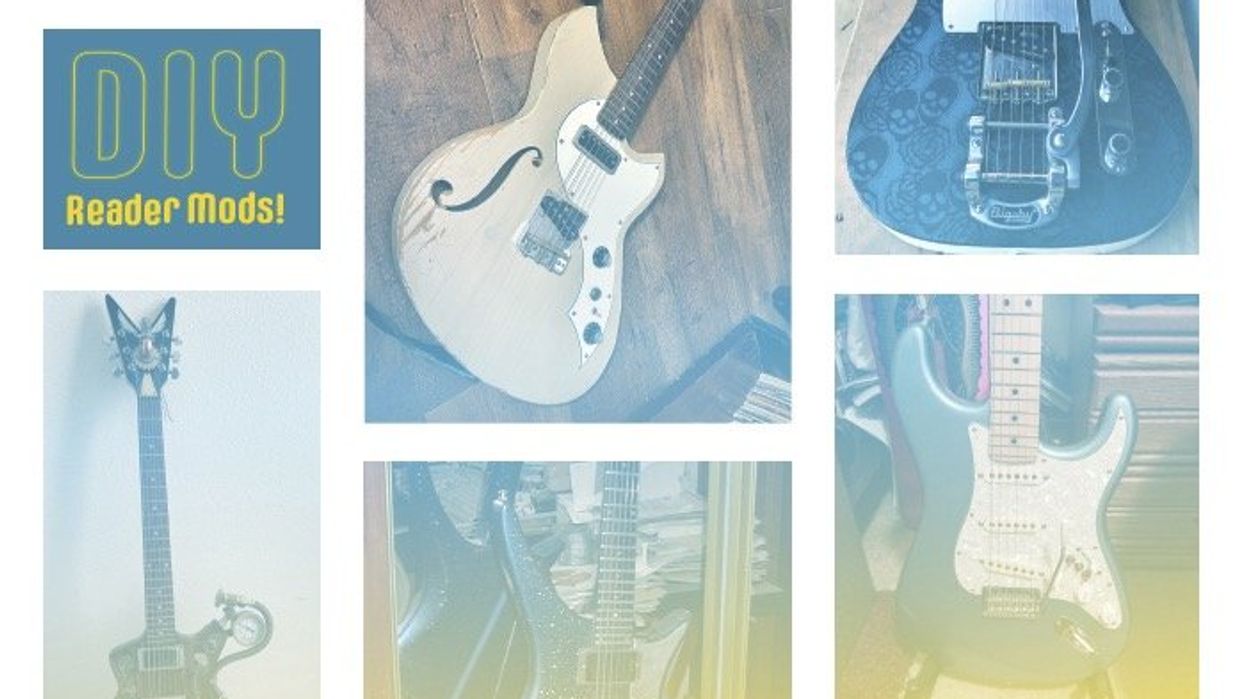
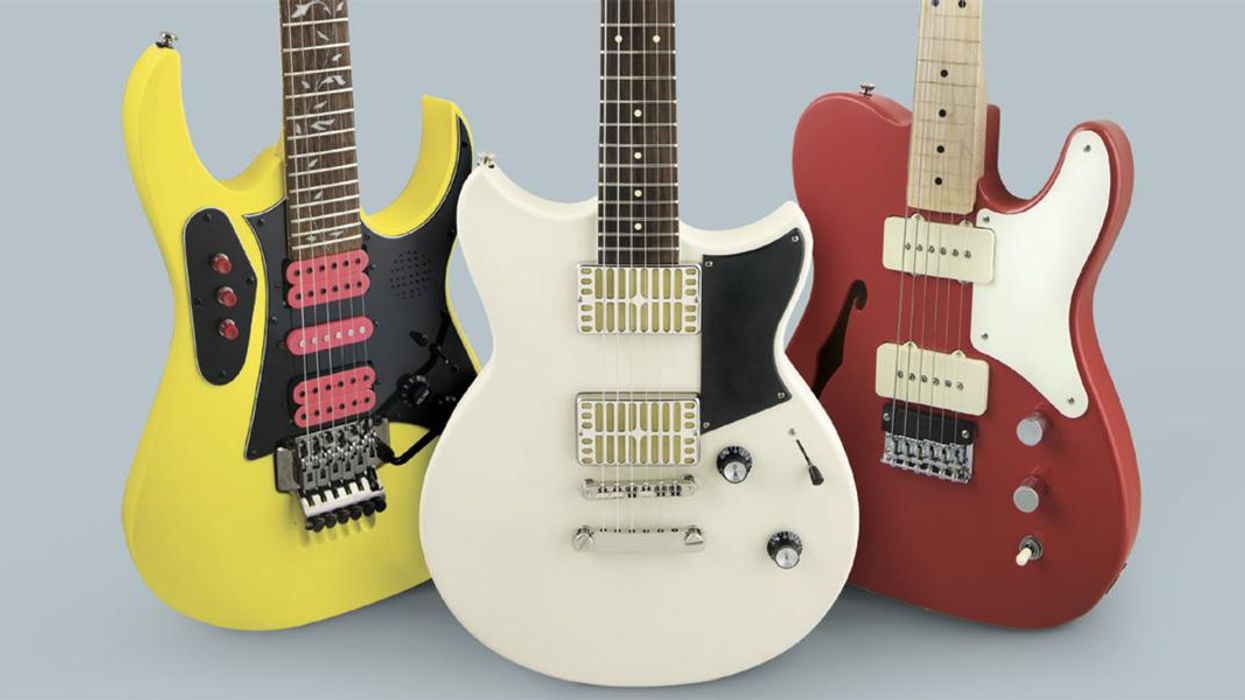
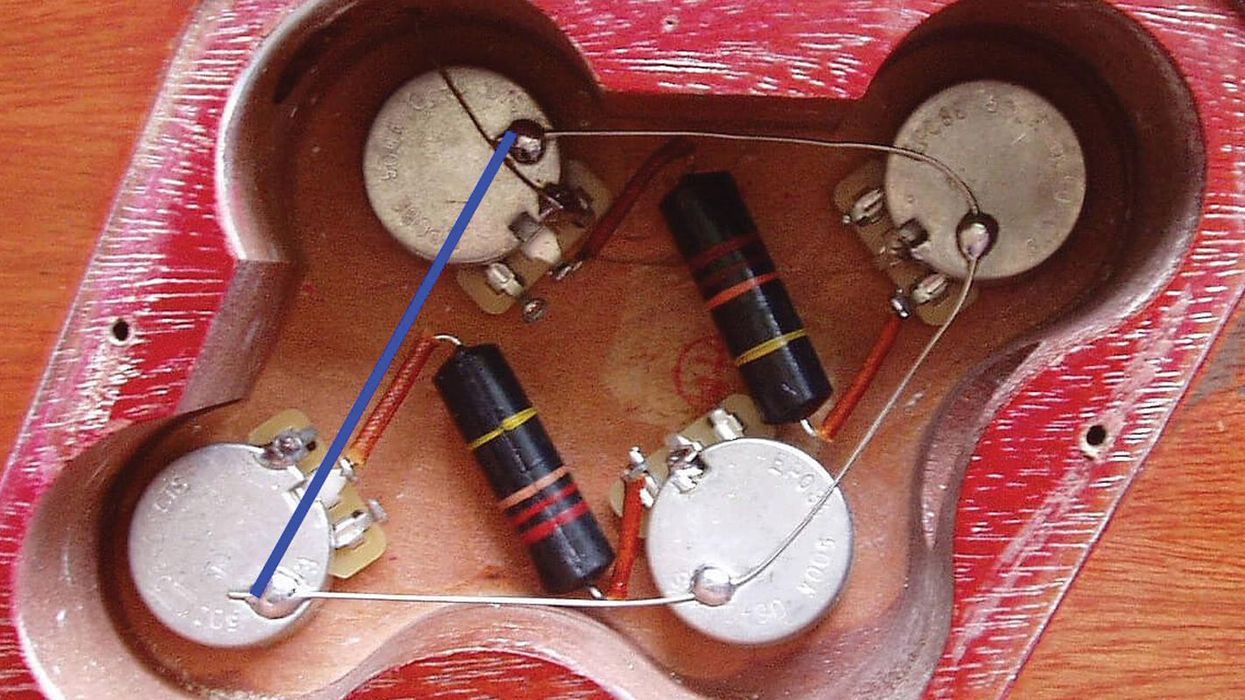
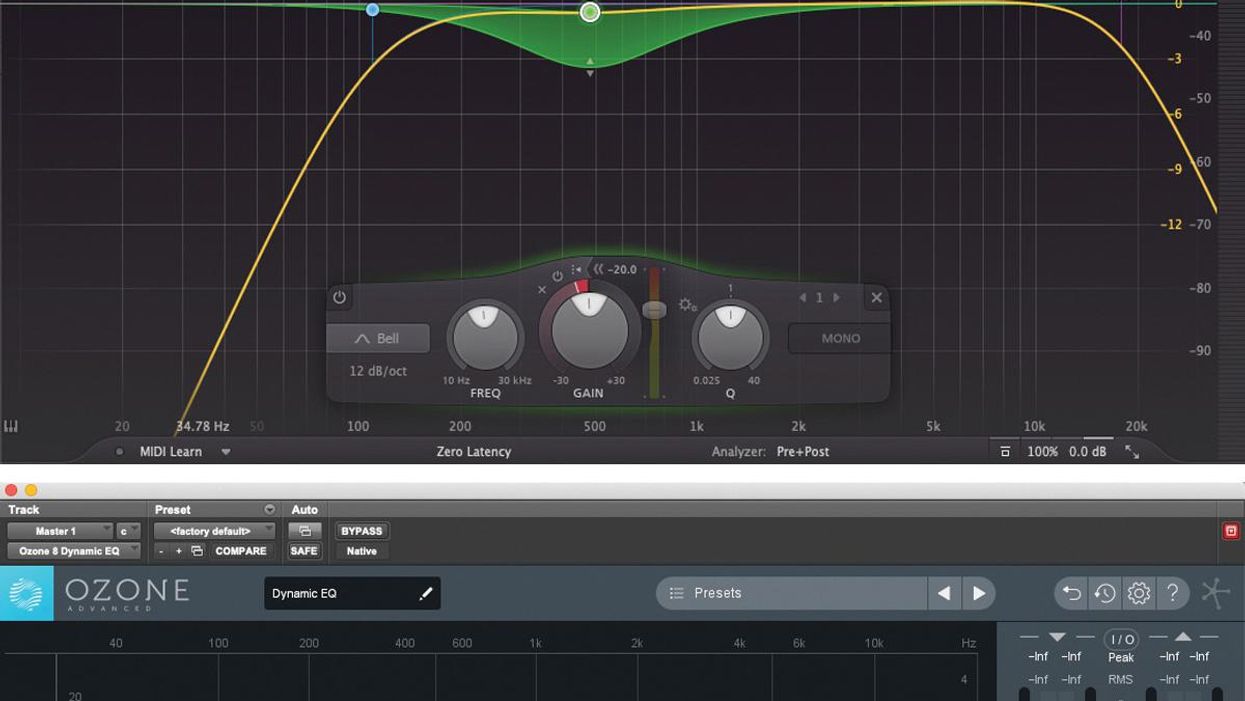







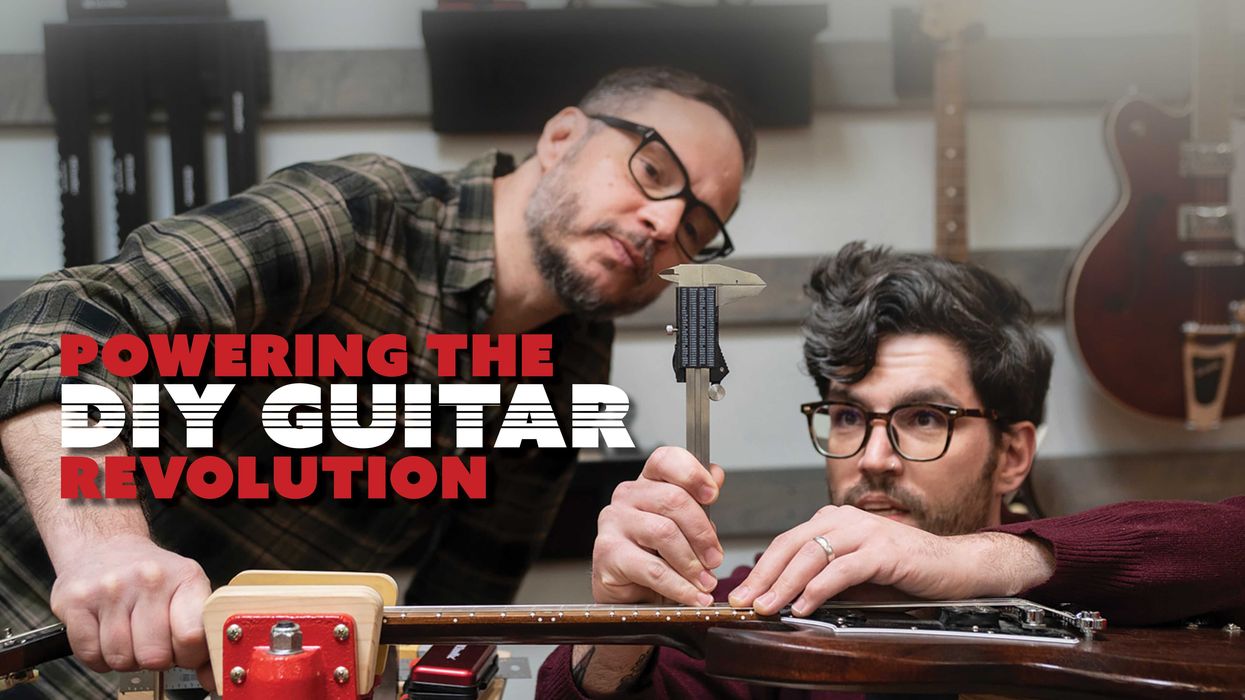
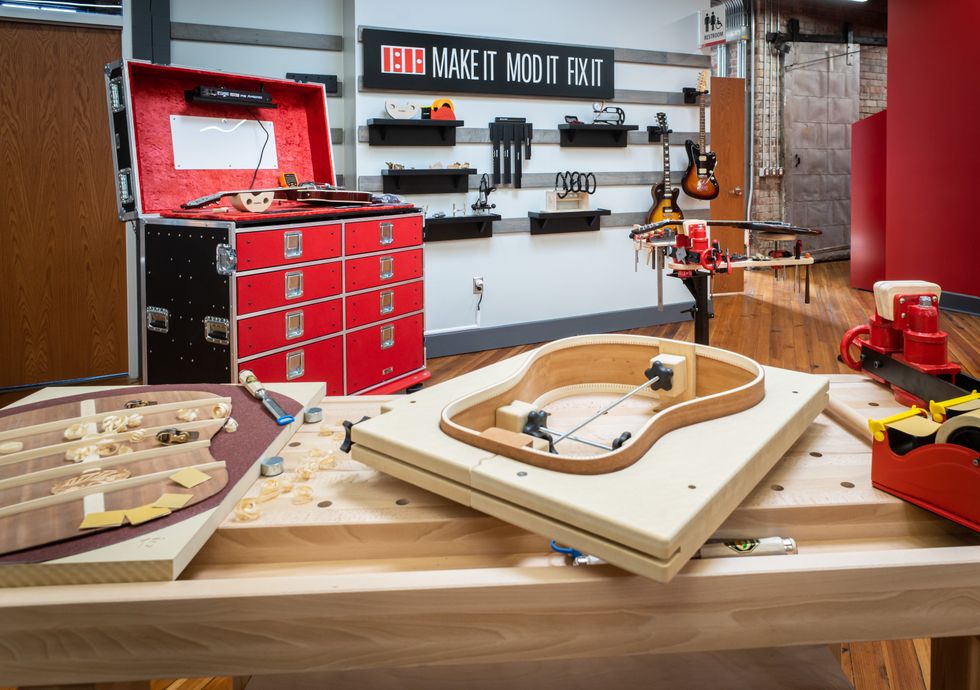
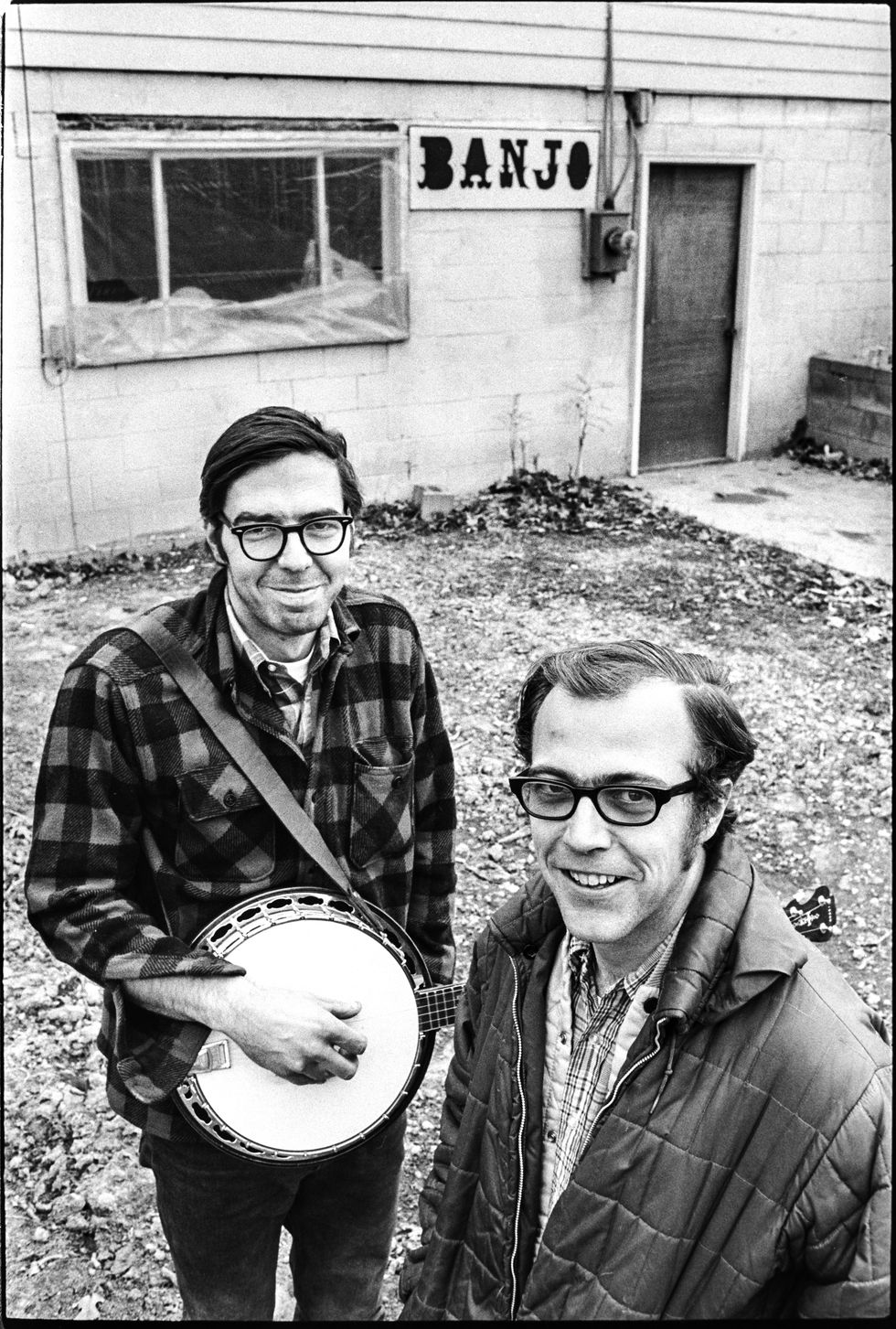
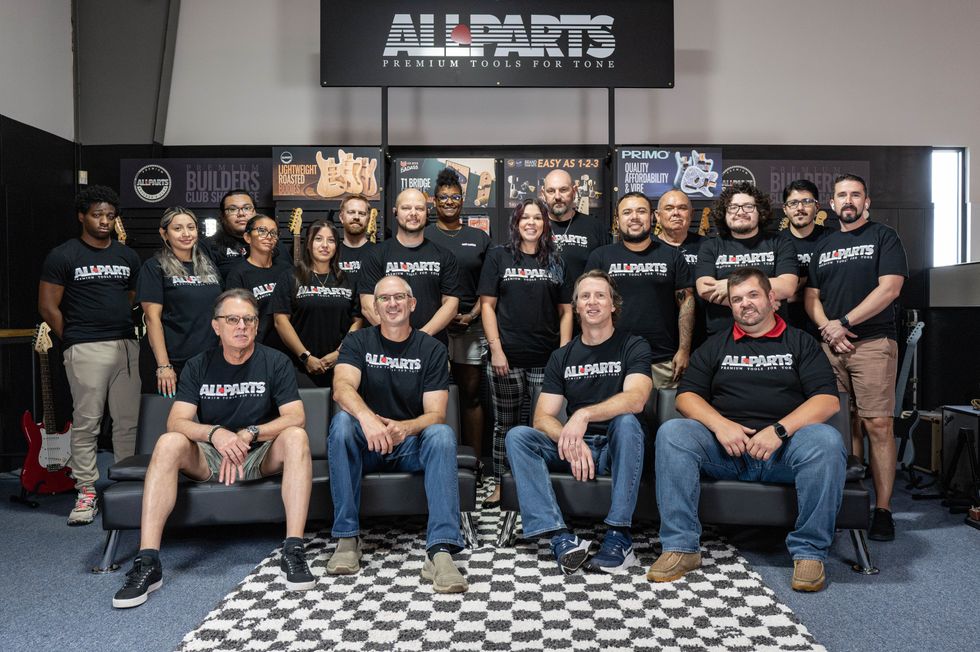 The Allparts team at their Houston warehouse, with Dean Herman in the front row, second from right.Photo by Enrique Rodriguez
The Allparts team at their Houston warehouse, with Dean Herman in the front row, second from right.Photo by Enrique Rodriguez